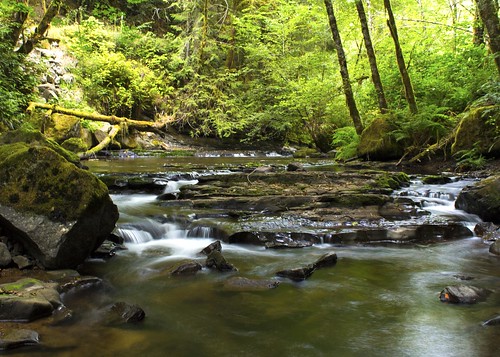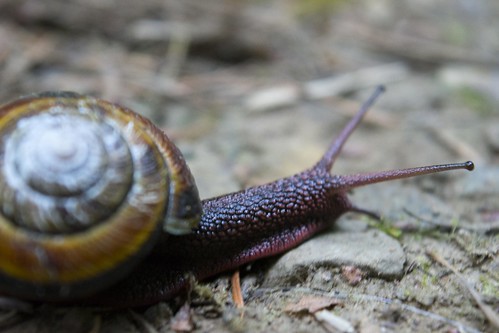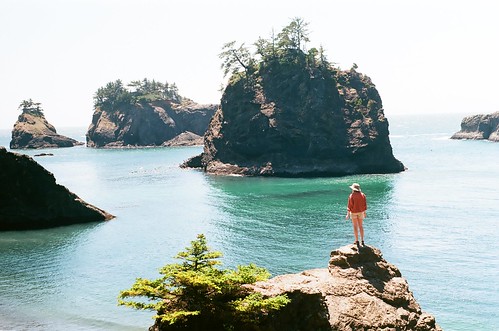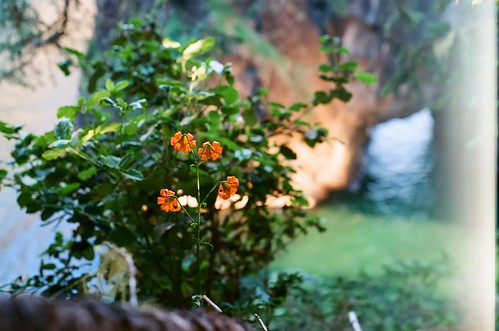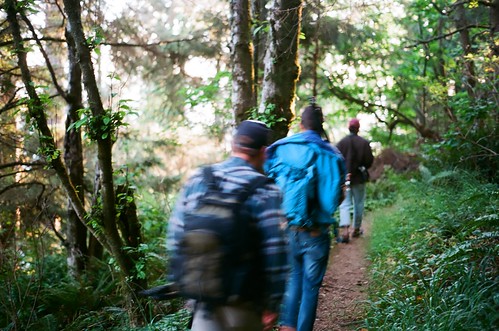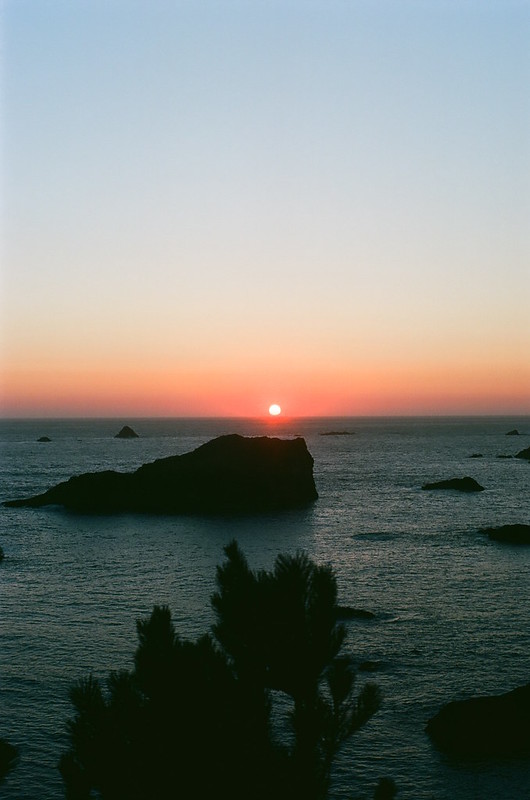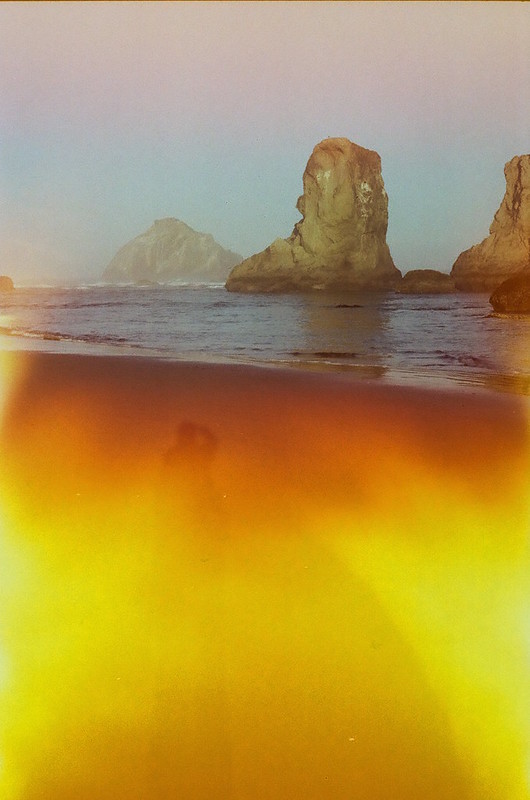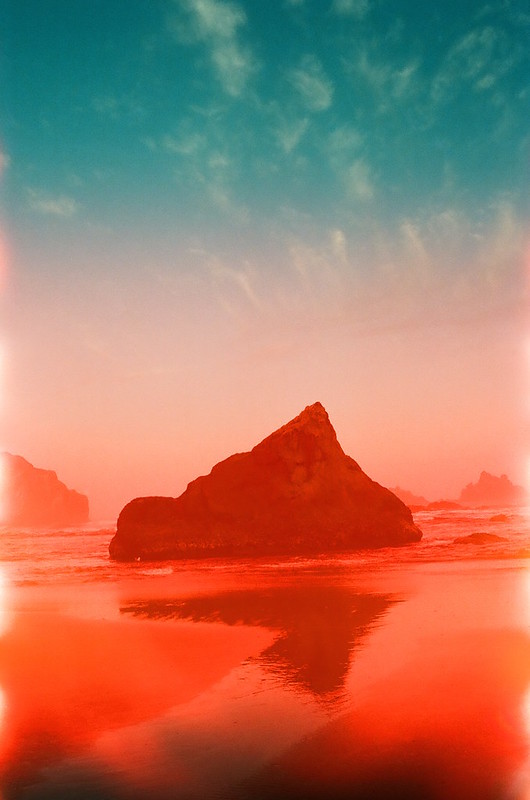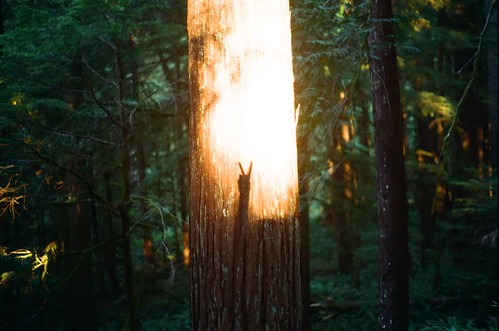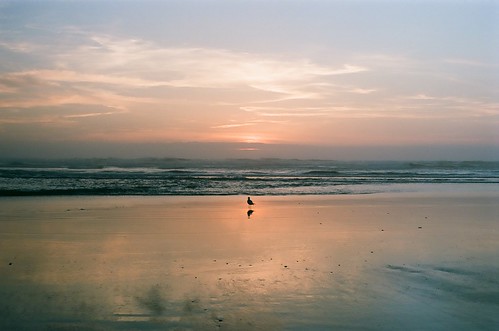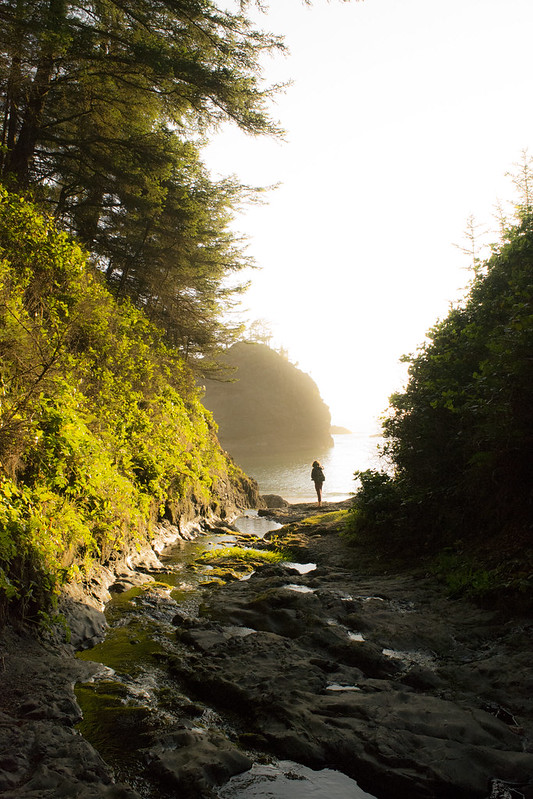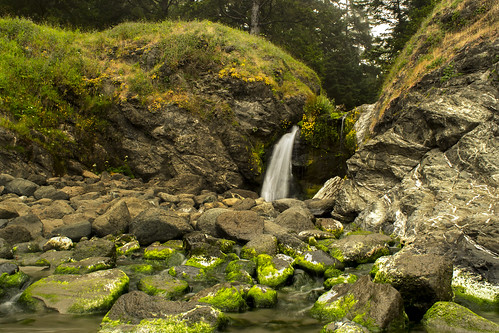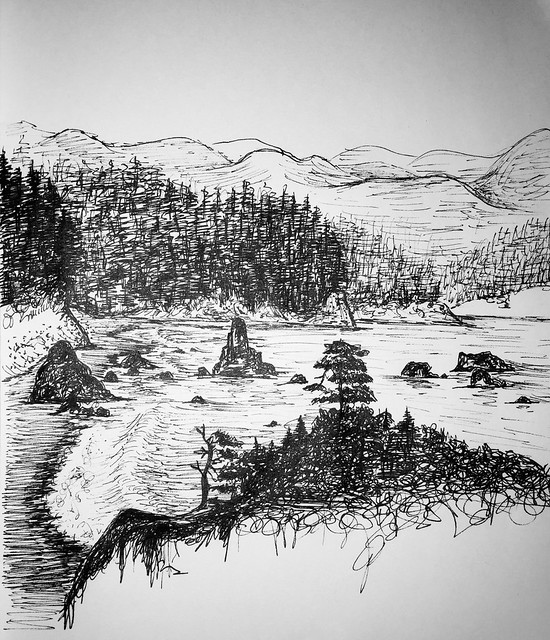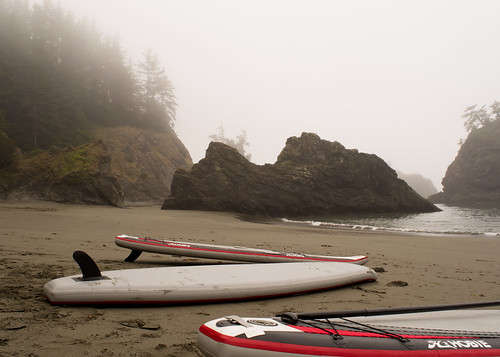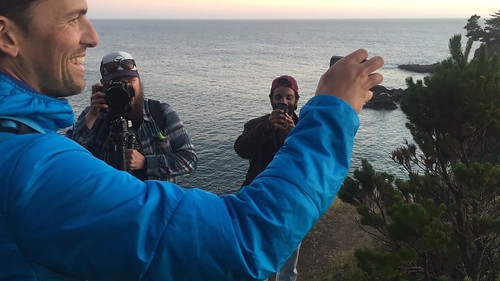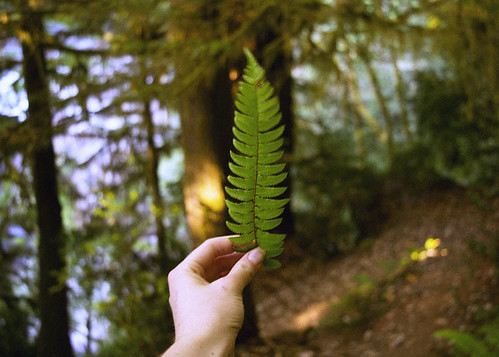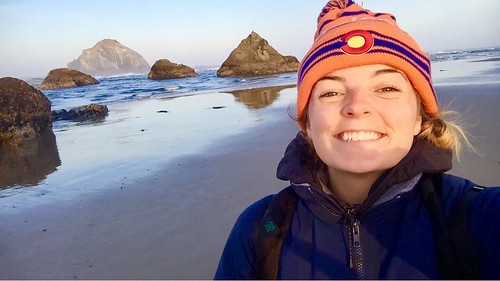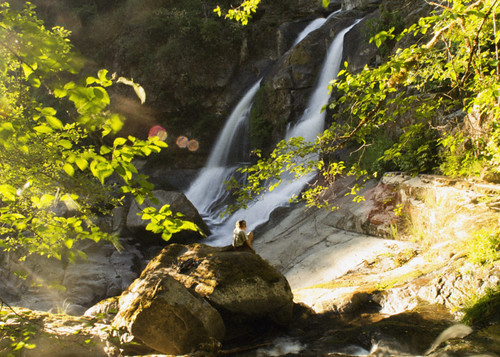Having perused the previous Summer Scholar’s blog posts when applying for this program, I read that not only will you learn a great deal about yourself, research, and science, you will form connections with people who will serve as role models and friends long after the program ends. At the time, I knew that this would be a great experience, but I was not aware of just how meaningful those students’ statements were until now as I write this final blog post. More on that in a moment; first I want to reflect on the final week of this program. As always, it was full of positive experiences. The final weekend consisted of presenting at the Final Symposium, celebrating the end of the program with the rest of the Scholars, and traveling to Corvallis to see the total solar eclipse. To say the least, that was the most eerie, fascinating experience. The remaining weekdays consisted of finishing up small projects, saying goodbye to the magical Bandon office, farewell dinners, learning quintessential dart games from Miles, apricot ale, making too much noise with Chris, Rowland, and Dustin at our farewell breakfast, packing up all of my belongings, turning in my keys, and driving to Portland for my last night in Oregon. That evening, I visited Powell’s bookstore with a friend from school, which takes up an entire city block. Literally a dream. This weekend, I flew to my hometown of Denver for my mom’s wedding. I didn’t take any pictures because I was too preoccupied catching up with family and friends (my mom has 7 siblings, most of which have kids, some of whom also have kids), and butchering a toast in front of all of them because I was too overcome with emotion and gratitude. But here’s a picture of my mom and her best friend that my sister managed to snap. Seeing her celebrate love with our family surrounding her was one of the most beautiful experiences. 
Now that the craziness has died down, I am finally able to sit down and reflect on this past summer in the sunny, plant filled kitchen of my sister’s home. (Yes, the obsession runs in the family). I’ve previously written a bit about how my research this summer led me to learn how to maintain a strong sense of patience and diligence in the face of discomfort. (I’ve also learned that I have an almost uncontrollable sweet tooth when stressed. A very tangible thing that I will take from Oregon is my newfound obsession with Pepperidge Farm’s chocolate hazelnut pirouettes). In addition to learning about my personal research process, studying environmental interpretation, the tourism industry, and natural resource based recreation has shown me the overall potential to strengthen natural resources through sustainable tourism when collaboration between communities and the sharing of knowledge between stakeholders are the top priorities. There is so much potential for community collaboration, economic recovery, and ecosystem restoration/enhancement in the southern region of Oregon, and I hope more people have the chance to experience the wildness that resides there in the secluded coves, uninterrupted sand dunes, geologic sentinels, and centuries-old forests.
As for the people I had the privilege of interacting with, saying that I am grateful for them is an understatement. There are so many people that have either offered me their knowledge, time, books, stories, and/or connections with other influential people that have also proven to be invaluable.

Surrogate Oregon parents Rowland and Chris with Dustin. We got scolded for laughing too loud.
Having now completed this program, I feel more motivation, bravery, and excitement for the future. Upon my return to California in a couple of weeks, I plan to complete my last round of classes, resume my role at the Estuary Program, graduate (!!), work at the Marine Mammal Center, and bring in the conclusion of the calendar year with getting my PADI Open Water Diver certification. After that – time will only tell. Within a few years from now, I hope to apply to graduate school, my (tentative) top choice being the Bren School of Environmental Science & Management of UC Santa Barbara to double-specialize in coastal marine resources management and water resources management.
In wondering about what I will end up pursuing, I am reminded of a statement I made in the essay I wrote when applying for this program: “As I approach my graduation in December of this year, and as climatic and destructive threats confront coastal communities, I feel a sense of urgency to seize every opportunity available. My lifelong goals are simple: to always learn, and to contribute to the well-being of the planet. Whether I become a scientific explorer for the National Geographic Society, obtain doctorate degrees in various areas of study, or lead a successful public environmental agency, my ambition is to be in a challenging profession that will further the scientific discovery of the world and augment the protection of our planet’s marine and terrestrial ecosystems.” This program has reinforced those goals and has added/strengthened other passions in the mix, such as marine mammal ecology and the indescribably, critical importance of effective science communication.
Thank you to Sea Grant; Miles, the Scholars, OSU Extension; Haley; Dustin, Dave Lacey, Anthony, and friends of South Coast Tours; Rowland and Chris Willis; Erik Urdahl; Justin Meyers; Tom Calvanese; Joy Primrose; Gary & The Whale’s Tail; Marine Discovery Tours; The Oregon State Marine Board; Capt. John Blanchard; Dean Finnerty, Frank Burris; Mark Lottis; Sarah Kolesar; Mary Pleasant; and MOTHA EARTH. This has been a beautiful experience.




